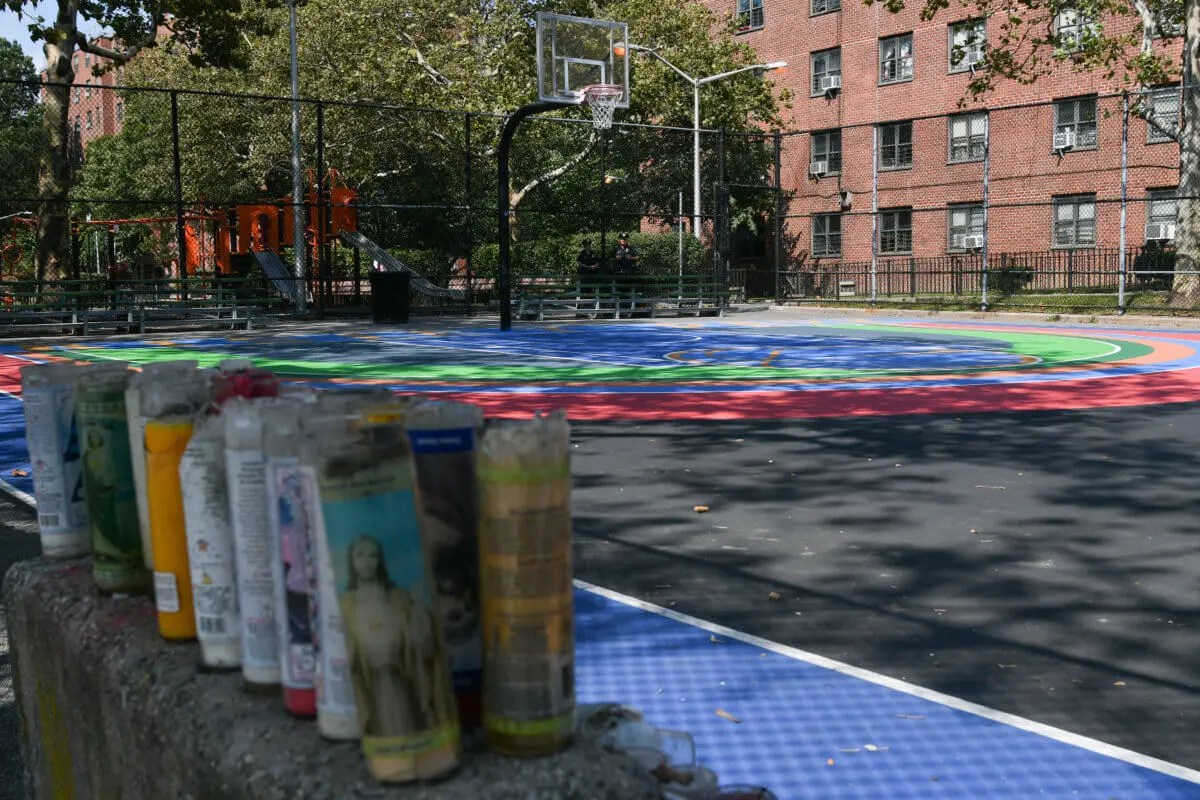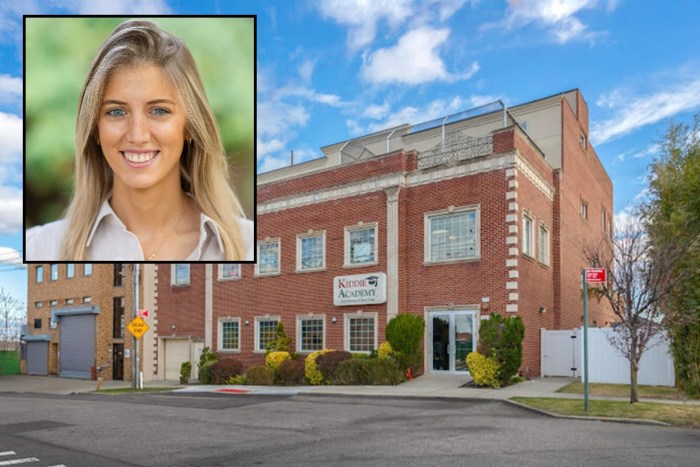By Lincoln Anderson
A proposed rezoning of the Lower East Side as well as of the East Village would put strict height and design curbs on new construction. The rezoning would affect about 40 blocks south of E. Houston St.
Most of the area included would have a slight increase in floor-to-area ratio, or F.A.R., from 3.44 to 4.0 for residential construction but with a height limit of 80 feet for all construction. The ability to transfer air rights, for the most part, would be blocked; and the community facilities zoning allowance — which allows extra height for institutional buildings — would be lowered to bring it in line with the 80-foot height cap for residential buildings. New high-rise buildings, like Blue on Norfolk St. or the Pomeranc hotel on Allen St. — both currently under construction — would no longer be allowed.
Along E. Houston, Delancey and Chrystie Sts., as well as Avenue D, the rezoning also includes provisions for inclusionary zoning, under which developers could build as high as 120 feet if 20 percent of a building’s units are affordable.
In general, under the rezoning, new buildings’ street walls would have to come all the way to the lot line, meaning so-called “tower in a park” construction would be illegal. There would be mandated setbacks from the street wall at certain heights.
The Lower East Side would see its commercial zoning, with a 6.0 F.A.R., also drop to 4.0, under which new office buildings could be no higher than 80 feet.
“The 80-foot height limit is huge. It just ends all the towers,” said David McWater, chairperson of Community Board 3 and a supporter of the rezoning. “It will preserve, if not a way of life, at least a semblance of a way of life.” However, McWater is among those who think the Lower East Side should be rezoned residentially.
“There were factories there in ’61,” when the area was last rezoned, he said. “But it has been de facto residential for 40 years — it was when I came here 25 years ago.” McWater said the city’s rationale for keeping the commercial zoning was that the area saw a job increase in the last census. McWater hypothesizes that the growth was mainly in the nightlife industry — which has high numbers of employees, but is all located on the ground floor — but that there are no new jobs being created above the first floor that would justify keeping the commercial zoning. Ground-floor commercial space could remain with an overlay in a residential district, he said. Meanwhile, no one is building any office towers in either the Lower East Side or East Village, he noted.
A hearing for the community at which city officials will present the rezoning will be held on Nov. 6 at The Cooper Union’s Engineering Building, Wollman Lounge, at 51 Astor Pl., at 6:30 p.m.



































